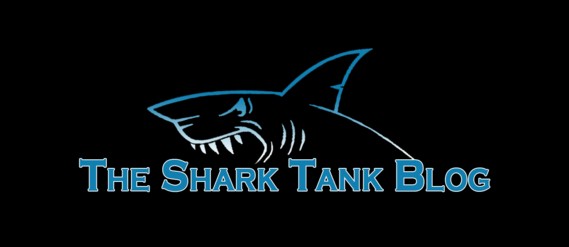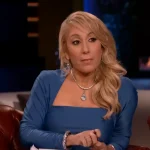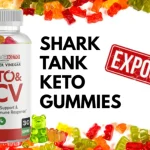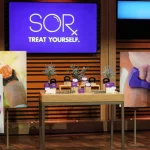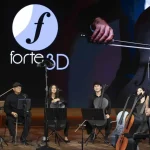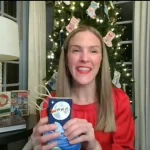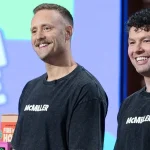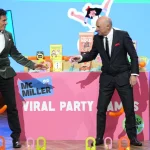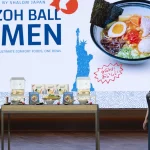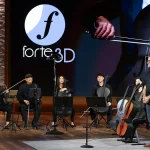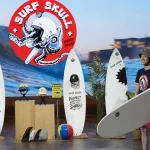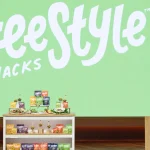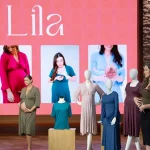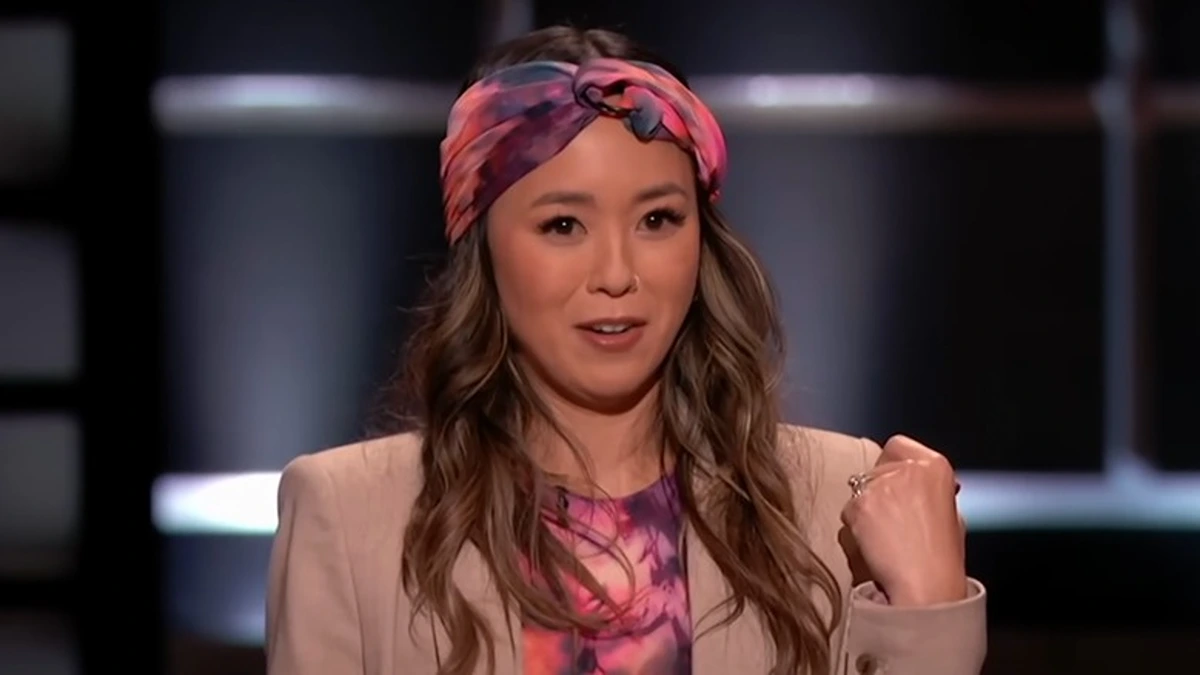
The brand Ooakshell, founded by Mika Bertholdo, debuted on Shark Tank Season 13, asked for investment, and has since grown into a meaningful business.
While a full “doctor-turned-headband-entrepreneur” arc isn’t substantiated in public sources (Mika’s background mentions postpartum hair loss rather than medicine), the essential story remains: passion + problem + creative execution + exposure = opportunity.
Here’s a deep dive into how Ooakshell got started, what she pitched on Shark Tank, what the metrics looked like, and what her journey can teach aspiring founders.
The Spark: Solving a Real Problem
Mika Bertholdo’s invention started with a personal reason. After she gave birth to her second child in 2018, she experienced postpartum hair loss. Thus, she looked for headbands that were comfortable, stylish, and practical, all in one product. However, she mentioned that she could not find a wrap that did not pinch or feel outdated.
Her frustration led to an invention. She started off purchasing fabric, dyeing it, and sewing headbands. After that, she commenced selling them on Etsy in the beginning.
The aftermath was a line of adjustable, unique, tie-dye, and other styled headbands. Mika’s approach was to make it, wear it, improve it, and sell it. From humble beginnings, Ooakshell Headbands became an online brand.
What’s striking?
- The headbands retailed for around $35 each.
- The reported cost of goods (for the headband) was around $1.66 in her pitch.
- A strong returning-customer rate: about 81% of customers reportedly bought again.
The Shark Tank Pitch
On “Shark Tank Season 13, Episode 22,” Mika stormed into the Tank seeking funds for her brand. Her ask was $150,000 in exchange for 10% equity, valuing the company at $1.5 million.
The product was a tie-dye and hand-dyed adjustable headband, including hair-related accessories. It features a ring-adjustment mechanism to fit heads comfortably.
Moreover, she stressed doing it all by herself. Her brand earned $12,000 in 2019 and $245,000 in the following year. Furthermore, when Sharks asked about the revenue until then (during the pitch), she responded that it was $386,000. The Sharks, especially the guest Shark Emma Grede, liked the margins.
Thus, Emma offered her a deal of $150,000 for 20% equity in the company. Mika countered the offer with 13%. However, she ultimately accepted Emma’s 20%, valuing the company at $750,000.
This pitch illustrates many good elements of a successful early-stage brand entering the Tank. A compelling founder story, a clear product, margin signals, growth trajectory, and a defined task.
Post-Show Growth & Execution
What happens after the cameras turn off often makes the real difference. For Ooakshell, the post-Shark momentum has been strong, showing how exposure and execution can amplify. Mika moved out of her mom’s house into her own home, expanded operations into a warehouse and office, and hired an assistant to offload packaging.
She gained access to Emma’s fashion and retail expertise through Good American headquarters learning and worked to scale processes. The product line expanded beyond headbands, adding scrunchies, hair ties, youth apparel, and even adult apparel. Though keeping the “one-of-a-kind, hand-dyed” ethos.
Moreover, they built private Facebook groups (3,000+ members) and used Instagram and TikTok to deepen customer engagement.
The deal wasn’t just for cash; rather, it unlocked operations help, scale potential and brand credibility. The foundation, product and customer base existed; however, the Shark helped make it scalable.
Why It Works: The Strategic Ingredients
What set Ooakshell apart and made it viable for scale? Several strategic components stand out.
- Differentiation within a saturated market: Headbands and hair accessories are crowded. But Ooakshell carved a niche: adjustable ring design, hand-dye and comfort focus. That specificity helped them stand out.
- Founder credibility & story: Mika’s pain point was postpartum hair loss, including an immigrant and first-gen background. Also, doing everything herself gave authenticity. Consumers often connect with brands that start from the founder’s lived needs.
- Strong unit economics: The cited cost of goods $1.66 vs retail price $35, implied a high margin.
- Customer loyalty and retention: A return-customer rate of ~81% is extraordinary and signals brand attachment and repeat value.
- Timing and social proof: The brand launched pre-pandemic, grew through mainly organic social media, and then Shark exposure accelerated reach. Good timing and credible metrics helped.
- Scalable model: While handmade, Mika’s move into a warehouse and manufacturing space (post-deal) indicates the model was scalable. The investor’s role (for scaling) mattered.
Challenges & What Founders Should Watch
No brand is immune to challenges. There are lessons here, too:
- Scaling vs handmade authenticity: When growth demands manufacturing shifts, maintaining “hand-dyed, one-of-a-kind” can be harder. Balance growth with authenticity.
- Retail vs D2C: Online direct-to-consumer has high margins; retail expansion invites tradeoffs. Mika’s deal gave her access to retail/brand infrastructure via Emma, but logistics and inventory risk increased.
- Competition & copying: Accessories are easily replicated. Differentiation and brand story are key defenses.
- Founder burnout & operational load: Early days, Mika did everything (18-20 hour days according to pitch) — sustainability matters.
- Valuation & investor alignment: The deal shifted from 10% to 20% equity; understanding investor expectations, support beyond capital, and exit strategy are critical.
Conclusion
Ooakshell isn’t quite the “doctor-turned-million-dollar headband empire” narrative, but it is a strong example of how real entrepreneurs turn frustration and creativity into a business.
Mika Bertholdo started making headbands in her home, turned it into a brand, got Shark investment, scaled operations, expanded products, and built a community. Her story is especially relevant for founders in fashion and lifestyle. Get niche, nail your story, build loyal customers, and when you’re ready, bring in the right partner.

